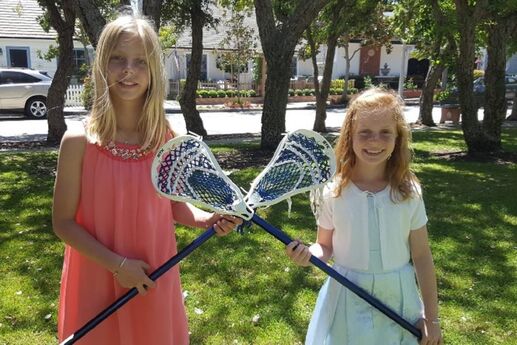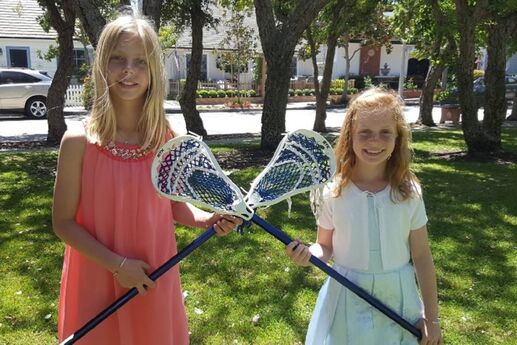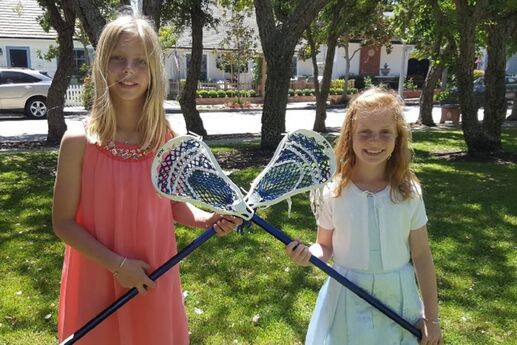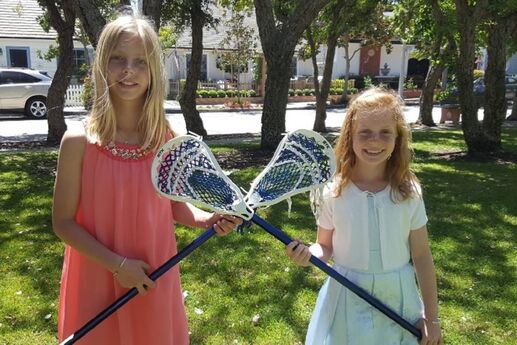The ABCs (and D's!) of the Bra
We’ve said it before, and we’ll say it again: Big boobs, itty bitties, in-betweenies -- they’re all beautiful! But when it comes to getting a bra, it’s so important to have the perfect fit. We want to keep you, er, abreast of what to look for when bra buying.
Bare Necessity?
Wondering if you even need a bra at all? It’s a personal decision, but maybe your breasts are beginning to bud, and you’re thinking of trying your first bra. It nicely covers nipples, if nothing else. Even if you already wear a bra, you might be bopping around in the wrong size.
Not an 8-ounce Cup!
So, what’s your bra size? Here’s the formula:
1. Use a measuring tape to determine the number of inches around your chest, just below your breasts. Add 5 inches if it is an odd number; add 4 inches if it is an even number. This is your bra measurement.
2. For cup size, move the tape up to measure your chest around the fullest part of your breasts.
If the two numbers are the same, you need an AA cup.
If the two numbers differ by 1 inch, you need an A cup.
If the two numbers differ by 2 inches, you need a B cup.
If the two numbers differ by 3 inches, you need a C cup.
If the two numbers differ by 4 inches, you need a D cup.
If the two numbers differ by 5 inches, you need a DD cup.
So, pretend your first measurement, below your breasts, is 28 inches. Adding 4 inches makes 32. Say your second measurement, across your breasts, is 34 inches. The difference between the two numbers (in this case, 32 and 34) is 2 inches, so you’d need a B cup. Your bra size would be 32B.
The Ultimate Breast Test
Spend time in the dressing room trying on a variety of bras. Once you find one you like, jump around in front of the mirror, then lean forward. Boobs still secure? Good. Now see how it looks under your shirt. No weird bulges or traces of lace? Remember to adjust the straps and the hooks on the back to get the best fit. Not so bad, eh?







